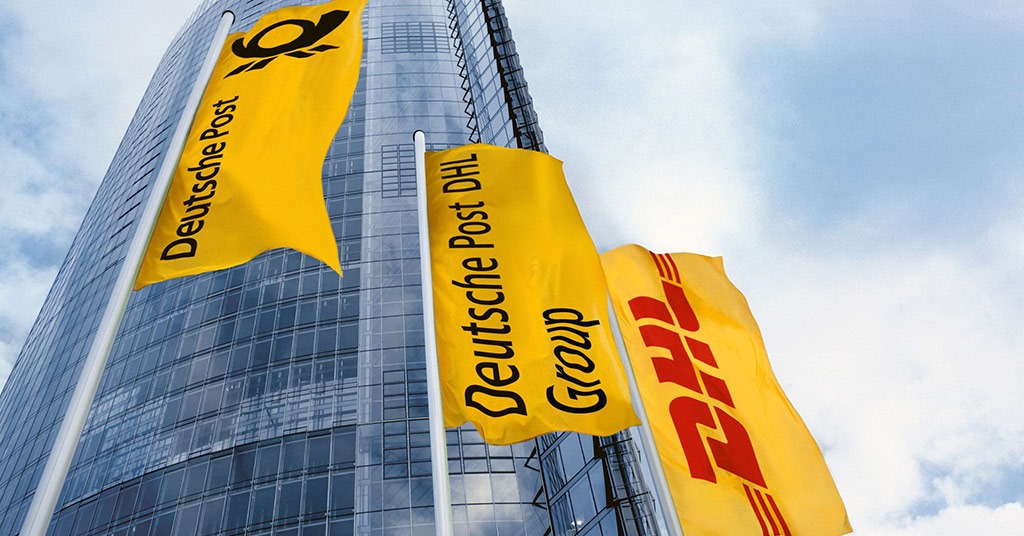A new study on Latin American e-commerce market potential and challenges released

Key elements of the Latin American e-commerce development named. Source: logistics.dhl
According to the DHL and the Panama Ministry of Commerce report, the Latin American e-commerce market has the potential to grow. An annual growth rate of e-commerce tends to increase by up to 22% in Latin America.
From 2016 to 2018, the region was the fastest growing in the world for Uber, Netflix, and Airbnb. Latin American consumers are particularly responsive to newer digital buying models due to less variety, infrastructure challenges, and a perceived lower level of customer service from traditional operators in each segment.
In general, the Latin American market can be divided into three specific segments: larger markets (Brazil, Mexico), mid-size (Colombia, Chile, Argentina, and Peru), and smaller (Central American and the Caribbean). Speaking of mid-size and smaller markets, they offer a high potential for international ecommerce growth.
The study also highlights that the key challenges to more dynamic e-commerce growth in Latin America related to logistics. Due to the poor GPS coverage infrastructure flaws, five major elements that compose a successful regional logistics hub to support cross-border trade were suggested. Those are free trade zone capabilities, efficient port and airport infrastructure, business-friendly trade and customs regulations (for example, for international returns), specific e-commerce logistics knowledge and inter-industry cooperation, with merchants, technology and logistics providers working in sync. According to these five elements, Panama recorded the highest score as a potential e-commerce hub.
SEE ALSO: How to pay in Brazil: facts on country’s payments market









